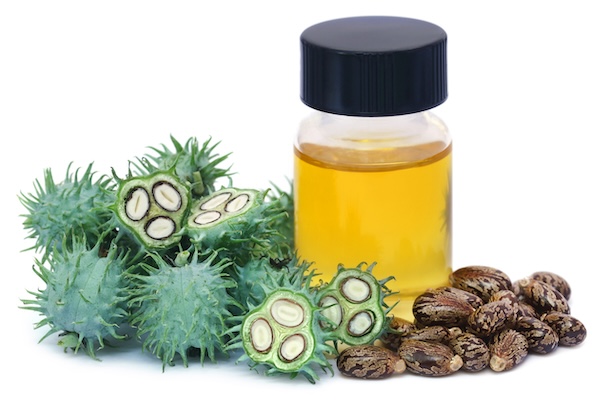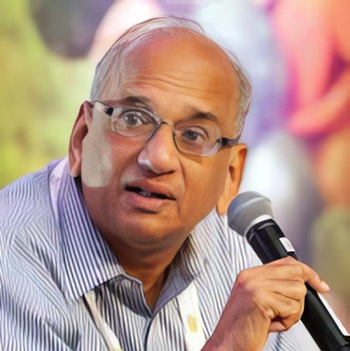.png)
Prune the List of Major Oilseeds and Sharpen Policy Focus
India needs a rethink on its oilseed strategy, with four of the nine “major” oilseeds no longer meriting MSP support. A sharper focus on crops like sunflower could cut import dependence and boost self-reliance.


Chandrashekhar is an economist, journalist and policy commentator renowned for his expertise in agriculture, commodity markets and economic policy.
November 7, 2025 at 11:47 AM IST
Of the nine “major cultivated oilseeds” officially recognised in India, only five — groundnut, soybean, rapeseed/mustard, sunflower seed and sesamum — meaningfully contribute to the country’s basket of domestically produced edible oils. In recent years, total production of these nine oilseeds has hovered around 40 million tonnes, with annual variations of about 5%.
Two oilseeds — castor seed and linseed — yield oils that are, for all practical purposes, industrial in nature. They are not meant for human consumption and are used to manufacture soaps, detergents, lubricants, greases, paints, brake fluids, surfactants, cosmetics, and other industrial products.
The remaining two — niger seed and safflower seed — yield oils with therapeutic value, being rich in essential fatty acids. Niger seed also has an export market, particularly in Western countries, where it is used as bird feed during winter.
Season after season — Kharif and Rabi— the Commission for Agricultural Costs and Prices (CACP) recommends Minimum Support Prices (MSPs) for as many as 22 crops, including these nine oilseeds. However, experience over the past few decades shows that the MSP mechanism has become routine, with limited impact on production, productivity, or cropping patterns.
Take niger seed, a Kharif crop, for instance. Government data show that production of this so-called “major oilseed” has declined steadily from 76,000 tonnes in 2014-15 to just 15,000 tonnes in 2024-25. Yet, the CACP continues to treat it as a major oilseed and announces an MSP every year. It is a futile exercise.
Safflower seed (known locally as kardi), a Rabi crop, tells a similar story. From 90,000 tonnes in 2014-15, output has fallen to barely 43,000 tonnes in recent years, despite regular MSP hikes.
These two oilseeds are no longer “major”. There has been no procurement by any official agency, and most growers are likely unaware of their MSPs. Both deserve to be delisted from the MSP announcement. Companies using safflower or niger seeds in their products can establish backward linkages, work with Farmer Producer Organisations, and support growers directly to ensure supply of raw material.
The same reasoning applies to castor seed and linseed. Castor seed production is in the range of 1.7-1.9 million tonnes. Castor oil, an industrial oil with multiple applications, is largely export-oriented. India’s castor oil exports fetch about ₹85 billion annually, though the potential is far higher. Companies involved in castor-based industries can establish backward linkages with growers through contract farming or direct procurement. Linseed, meanwhile, is a much smaller crop of around 100,000 tonnes.
The CACP is thus spending valuable time debating and determining MSPs for four oilseeds that no longer qualify as “major cultivated oilseeds”. Their prices and production should be left to market forces.
What happens to the farmers growing these crops is a legitimate concern. Given the limited area under cultivation and steadily declining production, their numbers are small. District administration, in collaboration with agricultural universities and Krishi Vigyan Kendras, should conduct awareness, training, and capacity-building programmes to guide these farmers toward alternative crops suited to local soil and agro-climatic conditions.
Sunflower seed presents a paradox. Although listed among the major oilseeds, its role in India’s oilseed basket has steadily diminished. From a production of 430,000 tonnes in 2014-15, output has dropped to less than 200,000 tonnes over the past decade.
Sunflower seed is a high-potential crop, containing about 40% oil, and can be harvested three times a year — Kharif, Rabi, and summer. Yet, the government has paid little attention to it. Instead, India continues to import roughly three million tonnes of sunflower oil each year — equivalent to about eight million tonnes of sunflower seed. Consumer preference for sunflower oil remains strong, but domestic production has not kept pace.
This calls for a policy rethink. While imports will remain necessary in the near term, the government should require sunflower oil importers to establish backward linkages that support domestic cultivation. Over time, this will help reduce dependence on imports.
In addition, partial substitution of sunflower oil imports with sunflower seed imports can yield multiple benefits — utilising idle processing capacity, generating employment, supplying edible oil, and providing meal for animal feed.
The question is: Will New Delhi pay attention?



